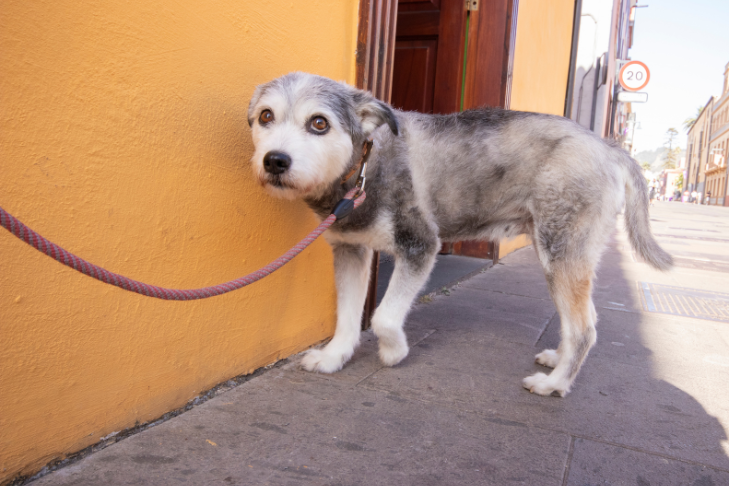Protecting Your Pet's Paws from Summer Pavement Burns

Summer is finally here, bringing endless opportunities for outdoor adventures with your pet! Whether you’re heading to the mall, enjoying a scenic hike, or spending a sunny day at the park, soaking up vitamin D with your furry companion is one of the best parts of the season. But summer weather can also bring hidden hazards for pets. As responsible pet parents, it’s crucial to stay informed about the risks that warm temperatures and hot surfaces pose to our four-legged friends. In this guide, we’ll cover key summer safety tips to keep your pet healthy and happy all season long.
Understanding the Danger of Hot Pavement
Just because the weather feels comfortable for humans doesn’t mean it’s safe for pets. Pavement surfaces—especially asphalt—can become dangerously hot during the summer. According to experts, asphalt can reach 125°F even when the air temperature is only 77°F. To put that in perspective, an egg can fry at 131°F in just five minutes. For pets, walking on hot pavement can be equivalent to standing barefoot on a hot stove—painful and dangerous. Even brief exposure can lead to serious paw burns.
Recognizing Signs of Pavement Burns in Your Pet
After a walk on hot surfaces, check for these warning signs of heat damage:
- Limping or reluctance to walk – a sign your dog is in pain or has burned paw pads.
- Redness, swelling, or blisters – visible injuries that need immediate veterinary care to prevent infection.
- Excessive licking or chewing – a common reaction to paw discomfort or burning sensations.
Protecting Your Pet's Paws from Summer Pavement
Preventing paw injuries in the heat is easier than you think. Follow these summer safety tips for dogs and cats:
1. Strategically Plan Your Outings
Avoid peak heat hours, typically between 10 a.m. and 2 p.m. Choose early morning or late evening for walks to minimize heat exposure.
2. Try the "5-Second Rule"
Place the back of your hand on the pavement for five seconds. If it’s too hot for you, it’s too hot for your pet’s paws.
3. Walk on Grass or Shaded Trails
Choose grassy paths, dirt trails, or shaded sidewalks that stay cooler than asphalt or concrete.
4. Use Paw Protection Products
Paw Balm: Apply a protective balm to shield sensitive paw pads. Look for formulas with natural ingredients to help maintain moisture and skin barrier health.
Dog Boots: Consider dog boots for long walks or especially hot days. Be sure they fit well—too tight can restrict circulation, too loose can fall off. Look for adjustable closures for best comfort and security.
5. Cool Down After Outdoor Time
Help your pet recover from the heat with cool water and a shaded rest area. If needed, soak their paws in cold water or use a chilled compress to relieve discomfort.
6. Know Your Surface Types
Dark asphalt retains heat more than lighter materials like concrete. Be extra cautious during sunny afternoons—even if it's cloudy, surfaces may still be hot.
7. Watch Your Pet Closely
Stay alert to any signs of overheating, paw discomfort, or behavioral changes. If needed, shorten your walk or switch to a cooler route.
Summer pet care is all about proactive planning and smart safety tips. By taking a few simple precautions, you and your pet can enjoy a fun, healthy, and safe summer together.


